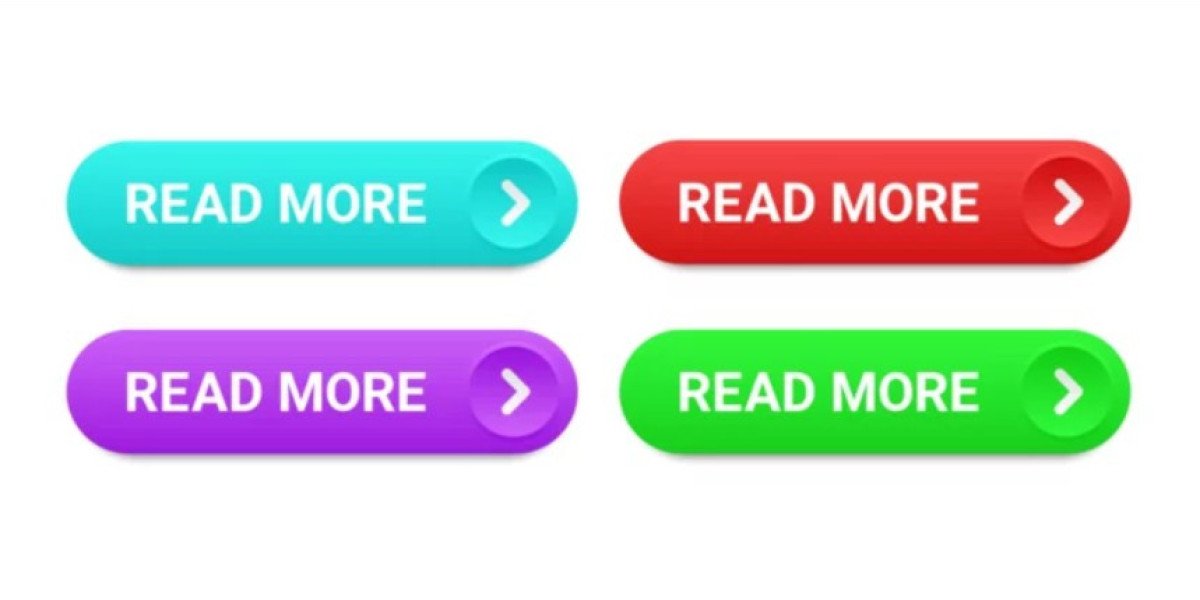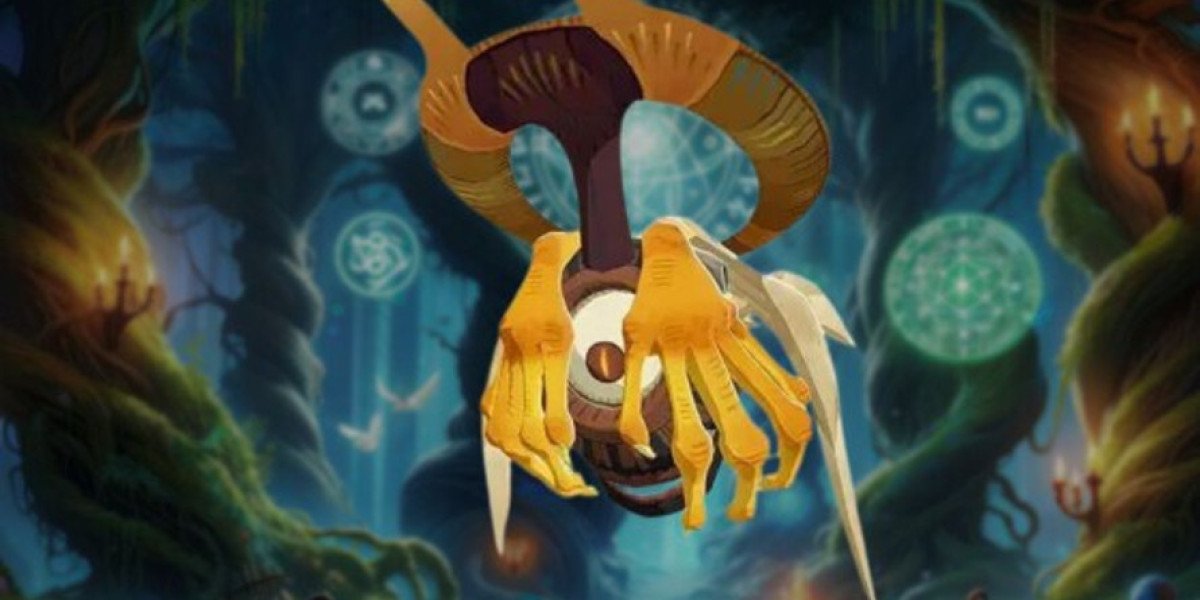Ever hit a website and felt an urge to click “shop” or “subscribe”? That’s color doing its job. Colors aren’t just eye candy—they influence emotions, steer decisions, and keep visitors glued. For businesses aiming for conversions, mastering your palette is a mix of strategy and creativity. Here’s how to get it right.
The Basics of Color Theory
Color theory is your guide to pairing hues that grab attention. It’s the backbone of visuals that resonate. Key points:
- Primary colors (red, blue, yellow) lay the foundation.
- Secondary colors (green, orange, purple) mix those primaries.
- Complementary colors (like purple and yellow) sit across the color wheel for striking contrast.
But don’t stick to the textbook. Top web design services remix these basics to match a brand’s personality. A quirky app might rock lime green and black, while a corporate firm leans on deep grey and navy. The art lies in balancing tradition with trends, like soft ombré effects or bold monochromatic designs.
The Power of Color Psychology
Colors spark instant reactions. Red yells “sale!”—perfect for urgency. Blue feels reliable, a go-to for finance brands. Green evokes eco-vibes or progress. But context flips the script.
Pink might shine for a cosmetics CTA, but it’s off for a law firm, where deep maroon or grey feels right. Your audience and product shape the palette. This is why web design services are invaluable—they master the details. Studies show 90% of instant product reactions come from color, making audience-aligned hues a must.
A savvy website designer asks: What’s the user’s next move? Then they choose shades that nudge subtly. Think vibrant greens and whites for health apps to feel fresh, or dark themes with fiery orange accents for gaming sites to scream “energy.”
Crafting Palettes That Win
Want users converting like it’s a race? Your palette needs clarity and intent. Start with:
- 60% main color: Your brand’s signature hue.
- 30% supporting shade: Adds richness (like cream with teal).
- 10% accent color: For CTAs—bright but not garish.
Apps like Paletton or Canva make palette-building easy, but human insight makes it sing. AI can toss out trendy combos, but it doesn’t know your audience like a pro Singapore web designer does.
Contrast is critical. Light grey on white? A readability nightmare. Use WebAIM’s Contrast Checker for legibility. Accessibility is key—4% of people have color vision deficiencies, so use patterns (like checks versus stripes) when hues are similar in visuals like infographics.
Proof in Action
Real examples:
- E-commerce: ASOS’s orange buttons leap off clean white, driving clicks.
- Wellness: Soothing blues and greens in therapy apps feel calming.
- SaaS: Dark backgrounds with neon pink accents scream “innovative.”
Web design services rely on data. A/B testing showed a button color change from green to red lifted conversions by 20%. Tiny tweaks, massive gains.
The Human Difference
Design tools flood the market, promising flawless results. But killer palettes come from storytelling. A website designer unpacks your brand’s heart, then weaves it into visuals that resonate. AI can draft a design, but humans bring the feeling.
Still, pros use tech wisely. Tools catch accessibility issues or scan rival palettes for unique spins. Merge tech’s speed with human creativity, and you’re golden. Designers often present a few palette options, explaining how each ties to your mission before finalizing.
Key Takeaway
Ditch boring designs. Smart color choices turn passersby into buyers. Invest in web design services or, if going solo, keep it simple: Max contrast, tight palettes, and hues that evoke the right vibe.
Your site’s colors aren’t decor—they’re your stealth pitch. Make them count.








